Squirrels, whether they are gray squirrels or flying squirrels LOVE to get into attics to make their home. Squirrels when inside of homes, can cause substantial damage.
Like other rodents, squirrels need to constantly chew to maintain their incisor teeth length. What they chew on is what is of great concern.
Squirrels in attics can and do cause damage to rafters, roofing material, fascia boards, and most importantly, WIRES. There are all kinds of statistics that attribute home fires to rodents and rodent damage to wiring. Your attic is the primary location for running electrical wires, which is why it is very important to keep squirrels out of the attic.
The first step in getting squirrels out of the attic is to make sure that you are in fact dealing with squirrels. Many of our clients are convinced that they have squirrels when in fact they actually have mice.
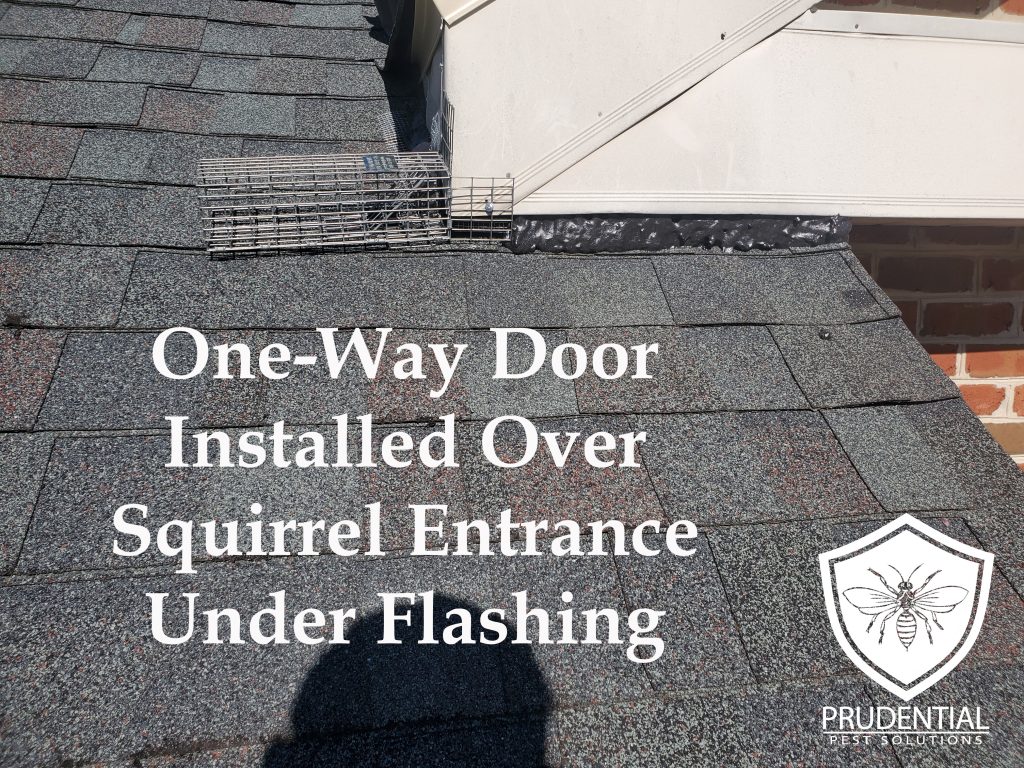
Squirrels are larger than mice and will sound like you have an elephant above their ceiling. When you hear the noise in the attic is also helpful in determining whether a homeowner has squirrels or mice.
Squirrels tend to be active during the early morning hours and closer to dusk. This is because squirrels will exit the home during the day in the morning and return at dusk.
If you are hearing sounds in the middle of the night only, then it is most likely mice.
Once it is confirmed that the home has squirrels, it is time to find out how they are getting into the attic. Squirrels like to enter the attic directly so looking up high onto the house is necessary.
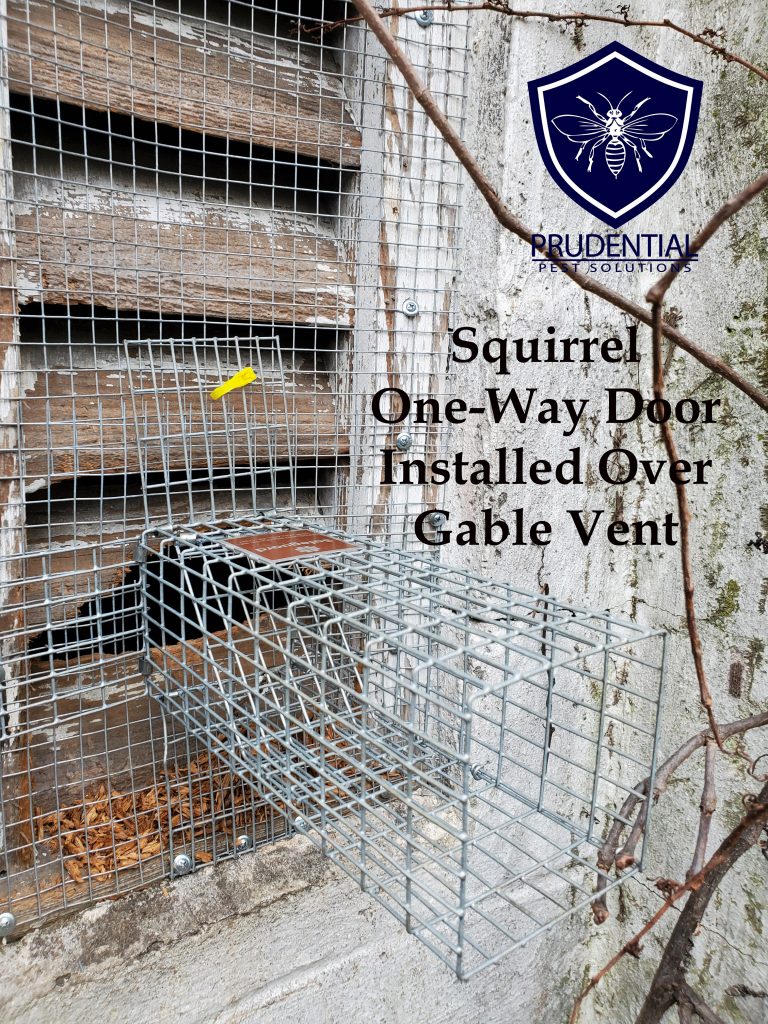
Common squirrel entrances include gable vents, fascia boards, behind gutters, soffits,ridge vents, and where dormer roofs meet the main roof. Looking for trees and branches overhanging the roof is also helpful in determining how the squirrels are getting onto the roof.
Squirrels will use trees and branches as ladders to access the roof. Once they are on the roof, they will find or create an opening into the attic. After the squirrels have been evicted, it is always a good idea to trim any trees and branches off and away from the roof. If possible, trim the branches back from the house at least 10 feet.
After we have determined how the squirrels are getting into the attic, we have 2 options. Option 1 is where we set traps and install a one-way excluder door over the opening. Option 2 is where we set traps and once all of the squirrels have been caught, we close up the opening. The problem with Option 2 is that you can never be absolutely certain that all of the squirrels are gone before you close the opening.
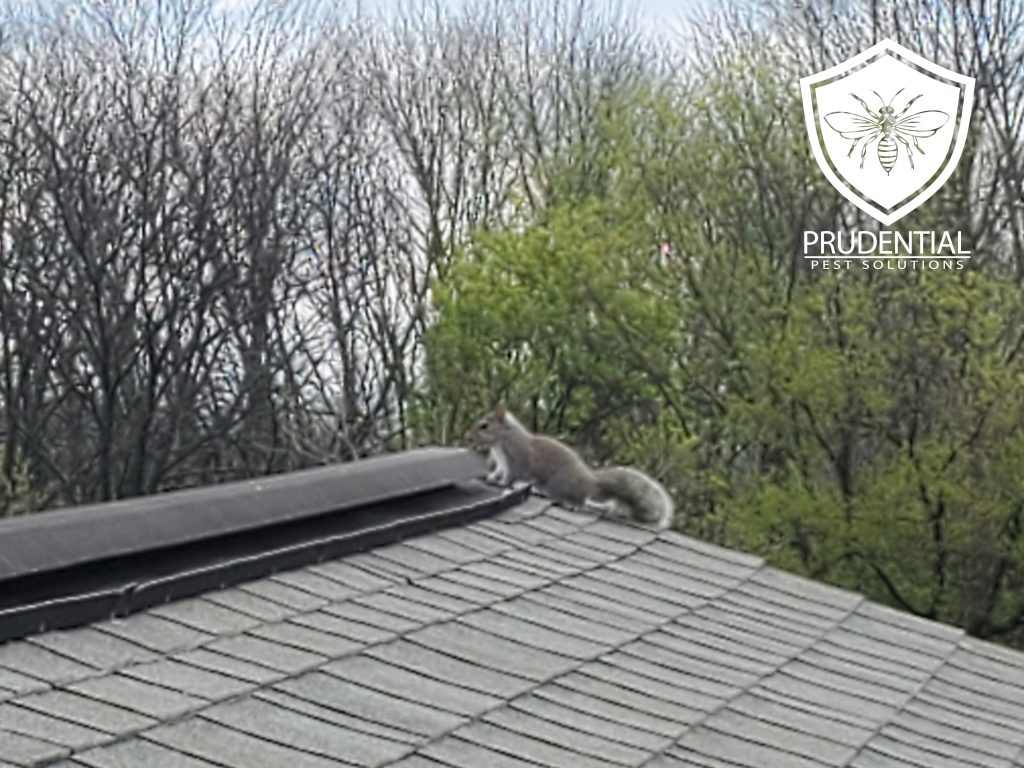
The one-way excluder door in Option 1 is our favorite method. The one-way door is spring loaded and allows the squirrels to exit the attic but NOT re-enter. When we incorporate trapping on the outside of the house, we can be certain that all of the squirrels have been successfully evicted.
It is very important to ensure that all other potential squirrel entrances are also sealed up or screened off.
Think of the one-way door like someone changing the locks on your house when you leave for work. When you return from work and your old keys no longer open the door, you wouldn’t just abandon your home, you would try to find another way back in.
Squirrels will do the same thing which is why we must ensure that all openings and potential openings are secured. The one-way door should remain in place for at least 1 week to make sure all of the squirrels have been evicted. We like to have the client go at least 5 days without hearing any activity before we remove the one-way door.
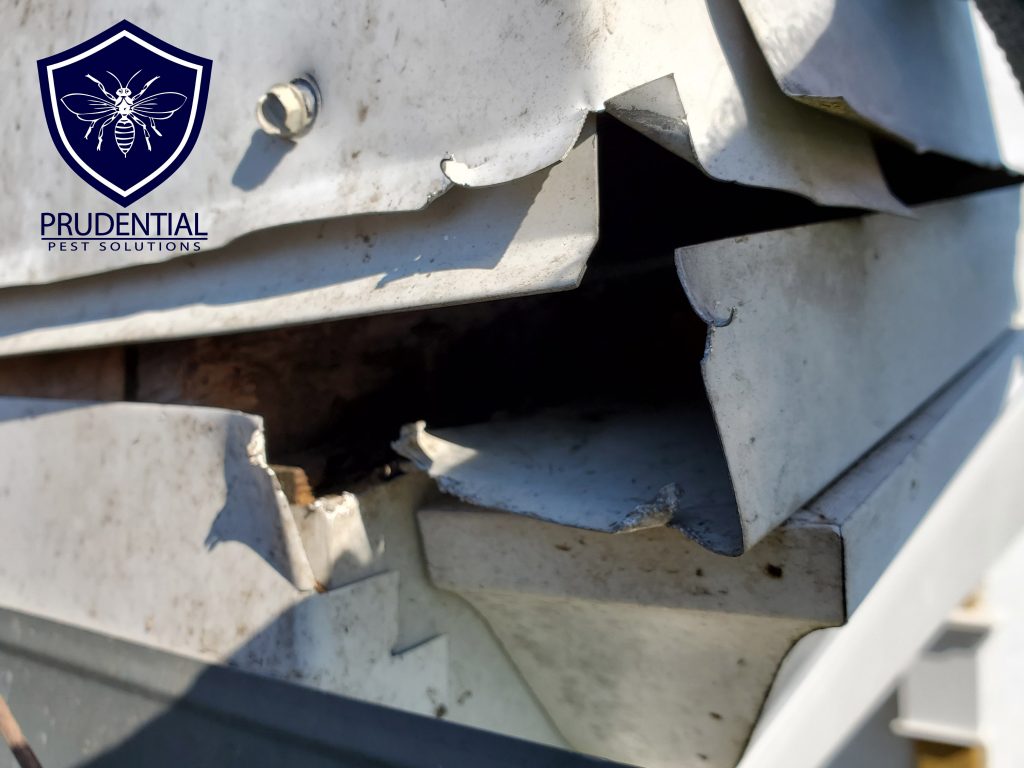
Once we remove the one-way door, we seal up the original opening. After the squirrels have been removed from the attic, a thorough inspection of the attic space should take place to identify any damage and perform any clean-up needed.
Squirrels can make a very big mess in an attic. They will go through boxes and scatter insulation all around. Squirrel droppings look similar to mouse droppings but are larger. If you would like to clean up the droppings yourself, please wear personal protective gear and a respirator.
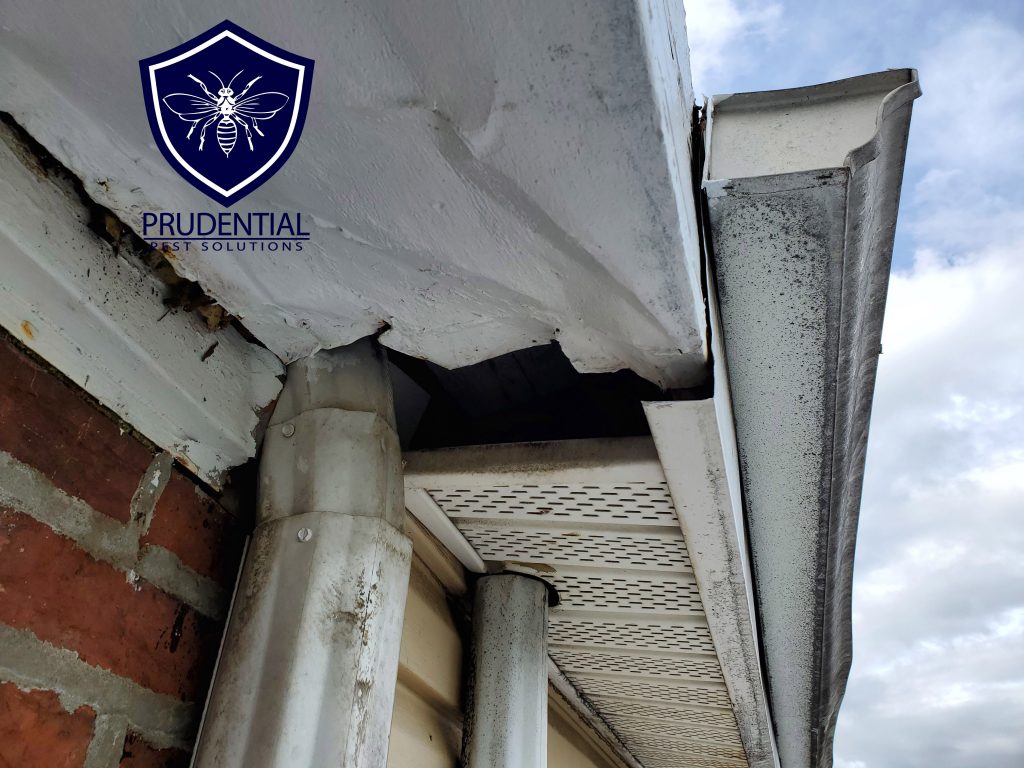
Rodent droppings are known to harbor dangerous diseases that can cause severe respiratory issues to humans. Consult a wildlife clean-up company if you are unsure of the safety of the clean-up process. Squirrels can be quite motivated to re-enter the attic after you have evicted them. For this reason, we like to incorporate a trapping program with our eviction process to remove these stubborn squirrels from the area.
Care should be taken to the time of year when squirrels have babies.
You do not want to evict a momma squirrel only to find a bunch of dead baby squirrels in the attic space. Gray squirrels will have young typically from February-March and from June-August.
Prudential Pest Solutions is Licensed by the Pennsylvania Game Commission to HUMANELY and SAFELY handle and remove any squirrel issue you have.
We are a VETARAN and FAMILY owned and operated wildlife and pest control company. As a Marine Corps Veteran with a degree in Biology from Penn State, I promise you haven’t met a wildlife control specialist like me before! We are the EXPERTS at trapping and evicting squirrels from attics, homes, and properties.
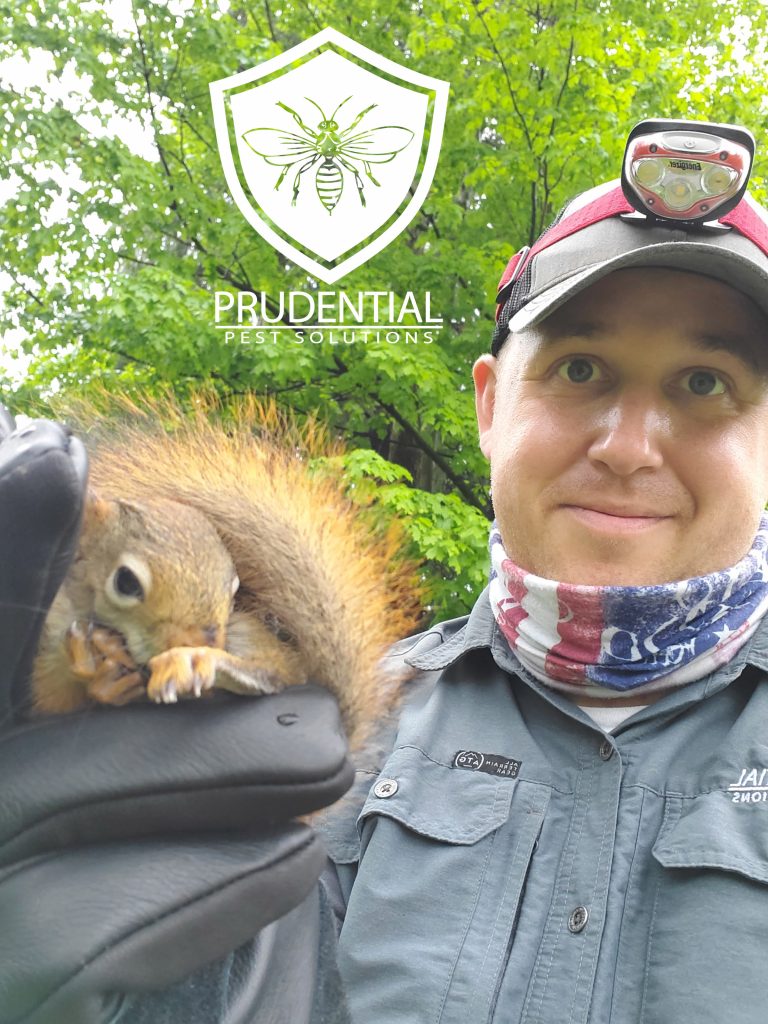
Prudential Pest Solutions services ALL of South Eastern and South Central Pennsylvania including Berks County, Chester County, Lancaster County, Montgomery County, Lebanon County, Delaware County, and many more!
If you have or think you have a squirrel issue, call or text the squirrel experts at (484) 401-4361.
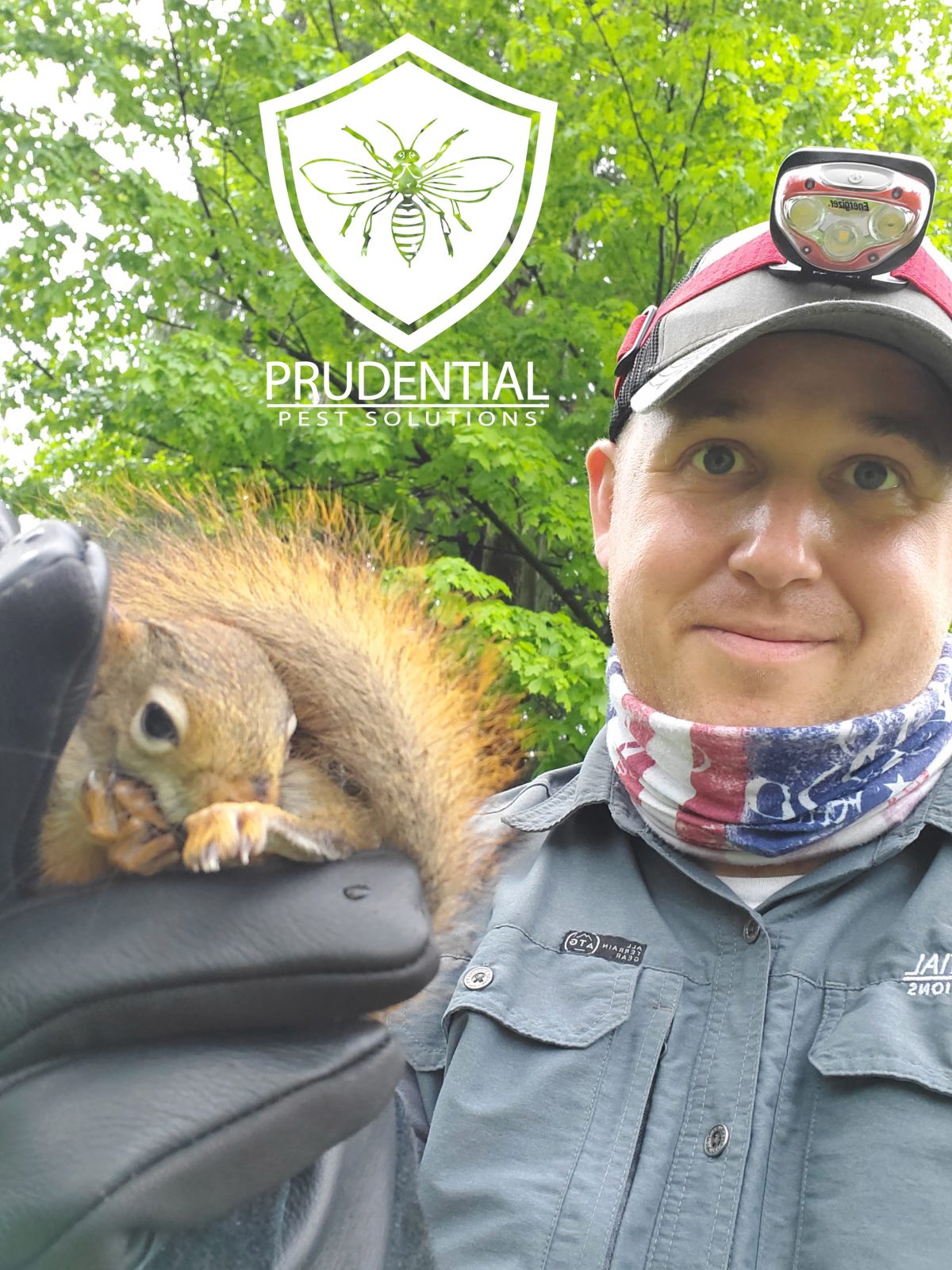
Comments are closed